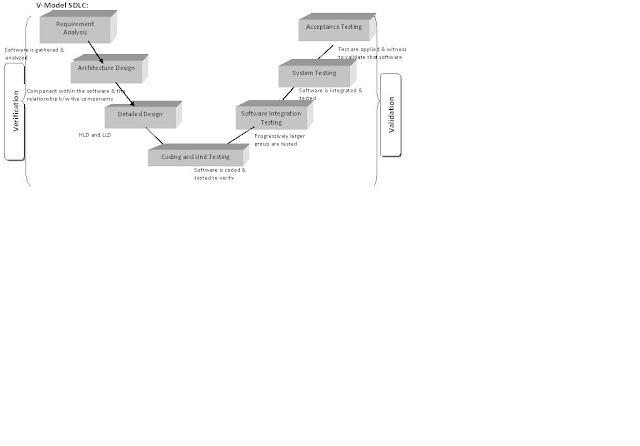Types of Testing
Types of Testing: Unit testing : it is a white box testing conducted by developer. It is used to test most micro scale of testing to test particular function or code modules. Unit : Smallest testable piece of software. Unit testing done to show that the unit doesn’t satisfy the functional specification and /or its implemented structure doesn’t match the intended design structure. Smoke Testing : it is used to test or validate the every basic functionality of the system. Or Smoke Testing : It is an initial type of testing once testing team gets a build needs to do the BVT (Build verification testing) or smoke testing for verifying the major functional component of the build. This has to be done based on the requirement. Functional Testing : It is used to test each and every module is functionally stable entire module is tested by functional testing. Regression Testing : testing to ensure that code changes have not had an adverse effect to the other module or an existing




